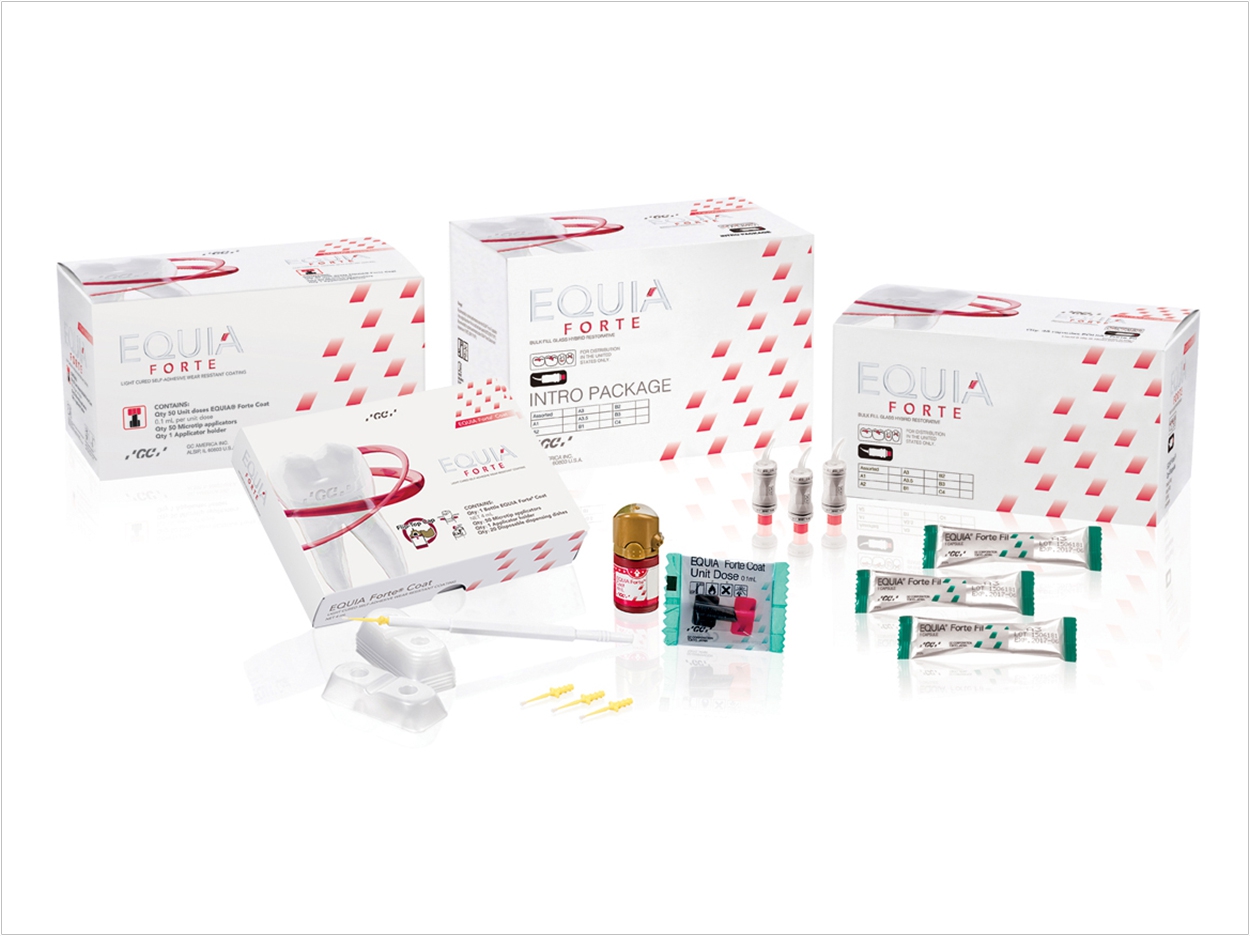
A multicenter clinical study confirms that GC America’s EQUIA Forte glass hybrid restorative material is a suitable material for medium to large Class II restorations. The study compared EQUIA Forte against Ivoclar Vivadent’s Tetric EvoCeram nanohybrid composite in medium to large Class II restorations.
The interim two-year results showed similar clinical performance for both materials, GC said, confirming that EQUIA Forte is suitable for and showed excellence performance as a long-term restorative material. Also, after two years, virtually no differences were observed between the two materials on any of the aesthetic, functional, or biological properties tested.
The long-term, split-mouth (equal allocation ration), randomized, prospective, multicenter clinical study enrolled 180 patients with a mean age of 34.6 years identified as in need of two Class II, two-surface restorations in the molar region of the same jaw.
Impressions were taken before and after cavity preparation, as well as after the final restoration. These impressions were subsequently scanned for further wear evaluation at the third and fifth year of the study, and a clinical evaluation was performed using the FDI-2 criteria.
The estimated survival rates at the two-year recall were 93.6% for EQUIA Forte and 94.5% for Tetric EvoCeram, showing no significant differences. These results provide the clinical efficacy of glass hybrids such as EQUIA Forte, GC said, as long-term restorative materials and provide a positive outlook for them after five years.
The study, “Clinical Performance of a Glass-Hybrid System Compared With a Resin Composite in the Posterior Region: Results of a Two-Year Multicenter Study,” was published by The Journal of Adhesive Dentistry.
Related Articles
Restorative Displays Optimal Marginal Seal for Long-Term Resistance to Microleakage
Glass Ionomer Suits Several Types of Dentists
Low-Viscosity Flowable Composite Suits All Posterior Restorations


